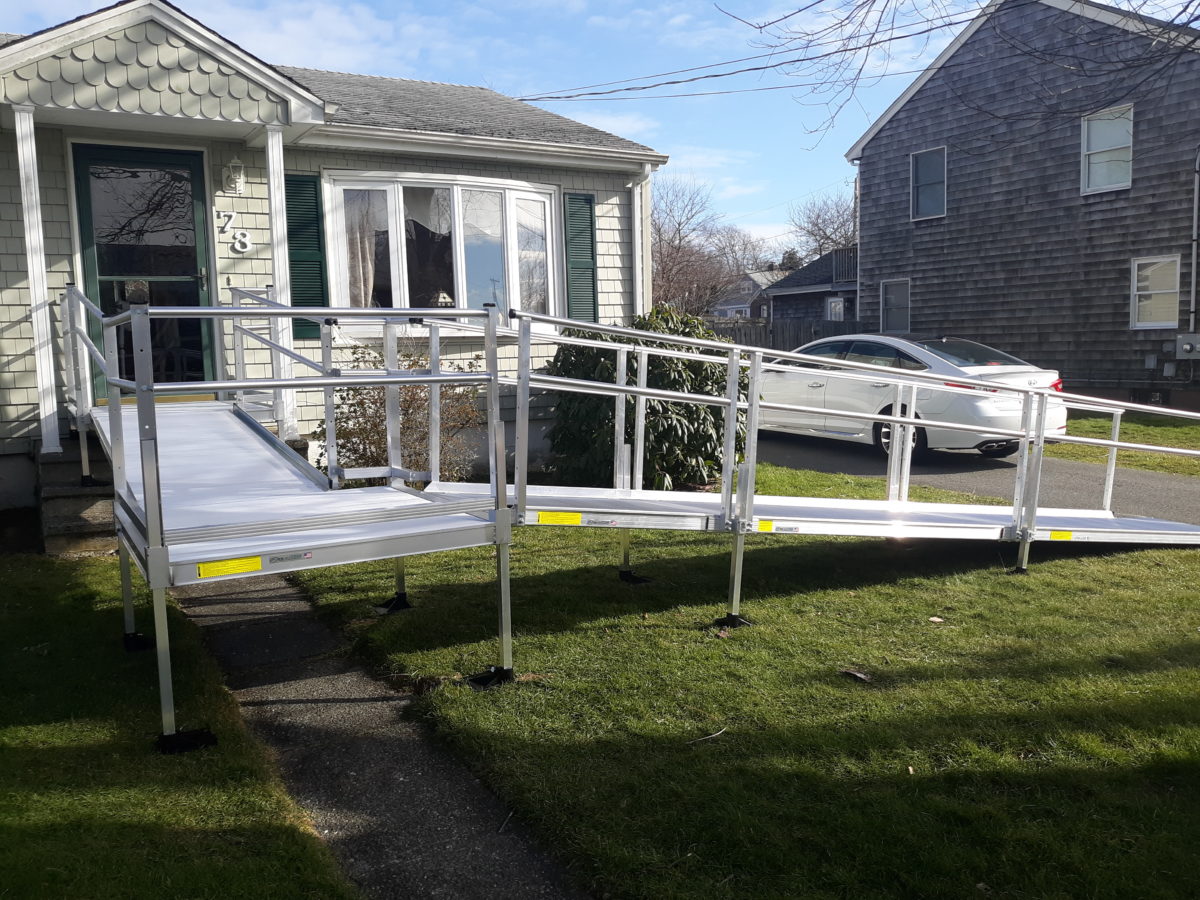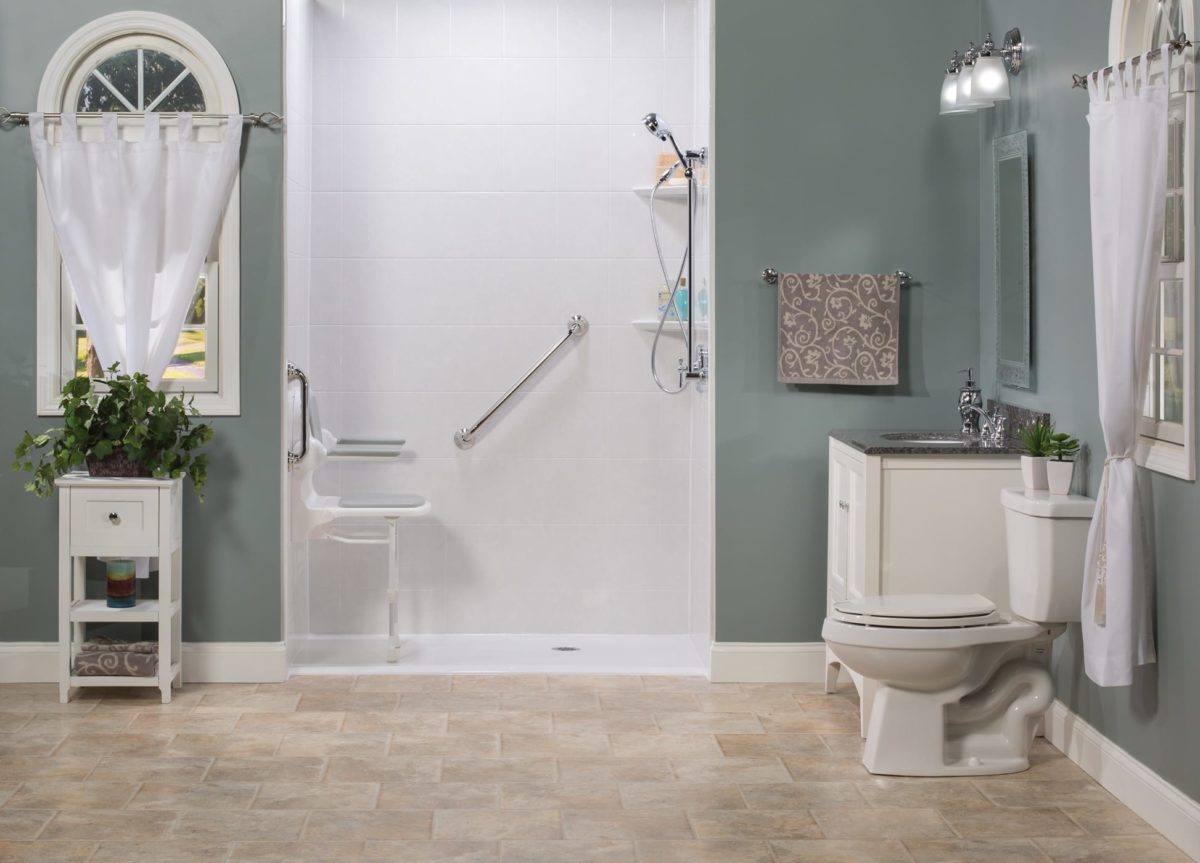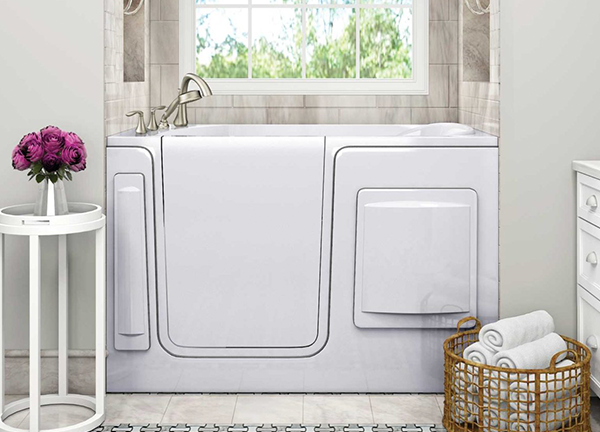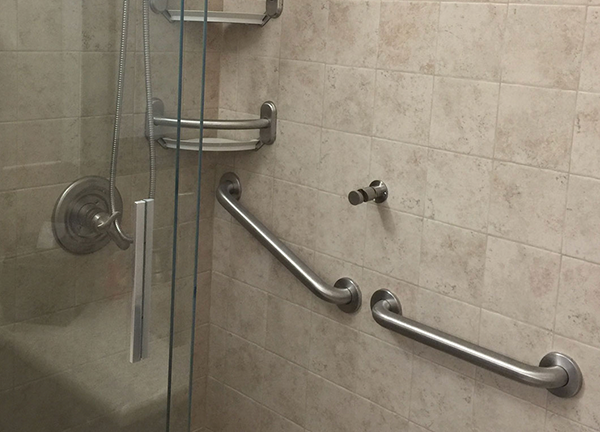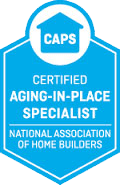World Alzheimer’s Day is more than just a day of awareness—it’s an opportunity to make meaningful changes. For homeowners and caregivers, it’s a crucial reminder to evaluate and enhance home environments to better accommodate loved ones experiencing cognitive decline. Home Mobility Pros is here to provide actionable insights on how to make homes safer and more adaptable for those living with Alzheimer’s, including tips on fall prevention, emergency preparedness, and essential home modifications.
Understanding Alzheimer’s and Home Safety
What is Alzheimer’s Disease?
Alzheimer’s disease is a progressive neurological disorder that affects memory, thinking, and behavior. Over time, it can severely impact an individual’s ability to perform daily tasks, posing significant challenges for both patients and their families.
Importance of a Safe and Familiar Home Environment
For individuals with Alzheimer’s, a familiar and secure home environment is essential. It helps reduce confusion and anxiety, providing a stable backdrop for daily activities. Creating a safe living space can significantly improve the quality of life and prevent accidents.
Impact on Memory and Mobility
Alzheimer’s disease can lead to impaired judgment, difficulty in navigating spaces, and increased risk of falls. Understanding these challenges is the first step in making homes safer and more comfortable for your loved ones.
Evaluating Home Environment for Safety
Conducting a Safety Assessment
Begin by thoroughly evaluating each room for potential hazards. Look for clutter, loose rugs, or furniture with sharp edges. Make a checklist of areas that need improvement.
Fall Prevention Tips
Falls can be particularly dangerous for Alzheimer’s patients. Install handrails in hallways and bathrooms, use non-slip mats, and ensure that floors are free of obstacles. Adequate lighting is also crucial to help prevent trips and falls.
Emergency Preparedness
Ensure smoke detectors and carbon monoxide alarms are functioning correctly. Create a simple and clear emergency evacuation plan and make sure everyone in the household is familiar with it. Keep emergency contact numbers readily accessible.
Key Home Modifications for Alzheimer’s Safety
Clear Pathways
Ensure that walkways and hallways are wide and free of obstacles. This not only prevents falls but also makes navigation easier for those with cognitive impairments.
Secure Exits
Install locks or alarms on exterior doors to prevent wandering, a common issue for individuals with Alzheimer’s. Ensure that exits are clearly marked and easily accessible in case of an emergency.
Memory Aids
Incorporate memory aids such as labels on drawers and cabinets, visual cues, and calendars. These small modifications can help individuals with Alzheimer’s maintain a sense of independence and reduce frustration.
Role of Mobility Aids
Stairlifts
Staircases can be one of the most dangerous areas in a home for those with Alzheimer’s. Installing a stairlift can greatly reduce the risk of falls and make multi-level homes accessible again.
Handrails
Handrails provide crucial support in areas like hallways and bathrooms. They offer extra stability and help prevent falls, making daily navigation safer.
Non-Slip Surfaces
Use non-slip mats and rugs in areas prone to wetness, such as bathrooms and kitchens. These surfaces reduce the risk of slipping and falling, providing a safer environment.
Enhancing Comfort and Safety
Comfortable Seating
Choose furniture that is both comfortable and easy to get in and out of. Avoid low seats or chairs without armrests, which can be difficult for someone with mobility issues to use.
Safe Kitchen Modifications
Install automatic shut-off devices for stoves and other appliances. Use contrasting colors for countertops and cutting boards to help with visibility and ease of use.
Secure Important Items
Keep medications, cleaning supplies, and sharp objects in locked cabinets. This prevents accidental ingestion or injury.
Creating a Routine-Friendly Environment
Consistent Layout
Maintain a consistent layout in the home to avoid confusion. Regularly moving furniture or changing the arrangement can cause anxiety and disorientation.
Visual Cues
Use colored tape or signs to indicate important areas, such as bathrooms or bedrooms. Visual cues can help individuals with Alzheimer’s find their way around more easily.
Personal Touches
Incorporate personal items like family photos and favorite knick-knacks. These familiar items can provide comfort and a sense of security.
Encouraging Social Interaction
Dedicated Social Areas
Create spaces in the home where family members and friends can gather. Social interaction is vital for mental health and can provide a sense of normalcy.
Activity Centers
Set up areas with activities like puzzles, crafts, or books. Engaging in hobbies and activities can help stimulate the mind and provide pleasure.
Outdoor Spaces
If possible, create a safe outdoor area where your loved one can enjoy fresh air and light exercise. Garden paths, benches, and secure fencing can make outdoor spaces enjoyable and safe.
Maintaining Independence
Enabling Self-Care
Install easy-to-use faucets and grab bars in the bathroom to help with daily hygiene. Ensure that personal care items are easily accessible.
Simplifying Daily Tasks
Use simple, easy-to-read instructions for common household tasks. Break down complex chores into smaller, manageable steps.
Adaptive Clothing
Consider clothing modifications that make dressing easier, such as Velcro fastenings, elastic waistbands, and slip-on shoes.
Monitoring and Security
Installing Monitors
Use baby monitors or motion sensors in bedrooms and other key areas to monitor your loved one’s activity. This provides peace of mind while allowing some level of independence.
Security Cameras
Install security cameras at entry points and high-risk areas. These can help you keep an eye on your loved one and quickly respond if they need assistance.
GPS Trackers
Consider wearable GPS trackers for those who may wander. These devices can provide real-time location tracking and alerts.
Technology Solutions
Smart Home Devices
Smart home devices like voice-activated assistants can provide reminders for medication, appointments, and daily routines.
Medical Alert Systems
Install medical alert systems that allow your loved one to call for help at the push of a button. These systems offer an added layer of security.
Automated Lighting
Use motion-sensor lighting to automatically illuminate dark areas. This reduces the risk of falls during nighttime trips to the bathroom.
Professional Assistance
Consulting Experts
Consider consulting occupational therapists or home safety experts for personalized advice. They can provide recommendations based on your specific needs.
Home Mobility Pros Services
At Home Mobility Pros, we offer comprehensive home assessments and personalized modification plans. Our team can help you implement the necessary changes to create a safe and comfortable environment.
Ongoing Support
Stay connected with support groups and professionals who specialize in Alzheimer’s care. They can offer valuable resources and emotional support.
Community and Resources
Joining Support Groups
Connect with local or online support groups for caregivers. Sharing experiences and tips with others can provide comfort and practical advice.
Utilizing Available Resources
Take advantage of resources offered by organizations like the Alzheimer’s Association. They provide educational materials, support services, and advocacy.
Continuous Learning
Stay informed about the latest research and advancements in Alzheimer’s care. Regularly updating your knowledge can help you provide the best possible care for your loved one.
Transform Your Home for World Alzheimer’s Day with Home Mobility Solutions
Creating a safe and comfortable home environment for individuals with Alzheimer’s is crucial. From installing handrails to using memory aids, these modifications can make a significant difference. Use this day as a catalyst to evaluate and improve your home environment. Taking action now can prevent accidents and make caregiving easier.
Ready to make your home safer? Reach out to Home Mobility Pros for expert advice and personalized solutions. Together, we can create a supportive environment for your loved ones.
World Alzheimer’s Day is the perfect opportunity to make meaningful changes. By implementing home mobility solutions and modifications from Home Mobility Pros, you can enhance the safety and comfort of your home for those with Alzheimer’s. Take action today with Home Mobility Pros and ensure a better tomorrow for your loved ones.


